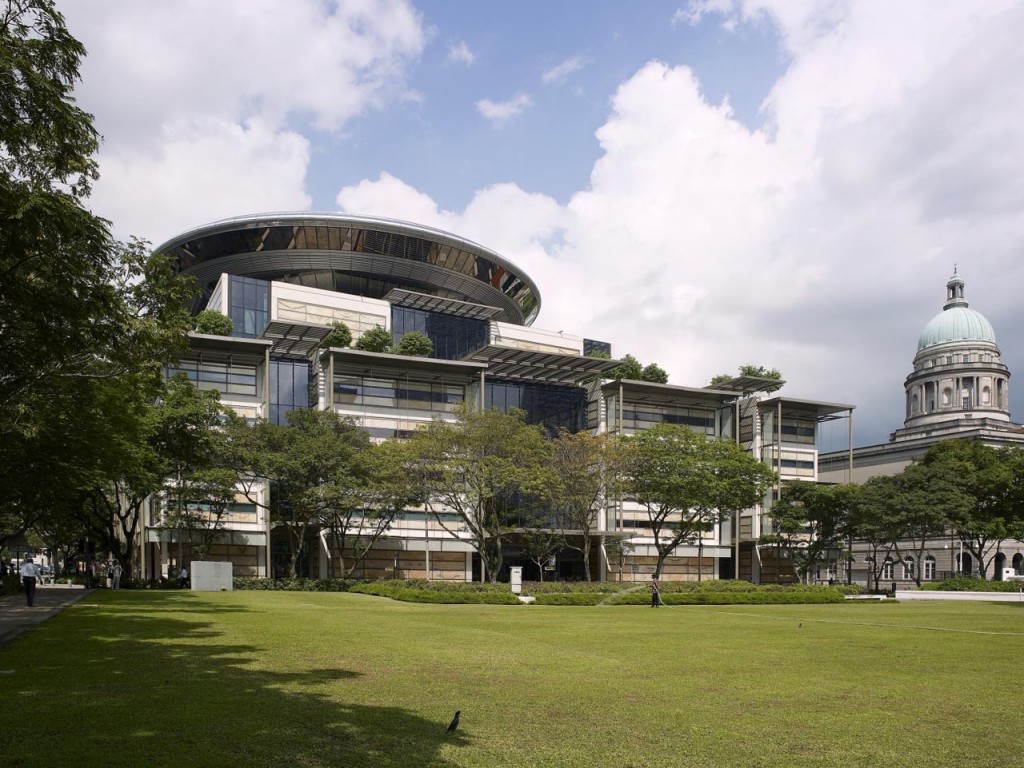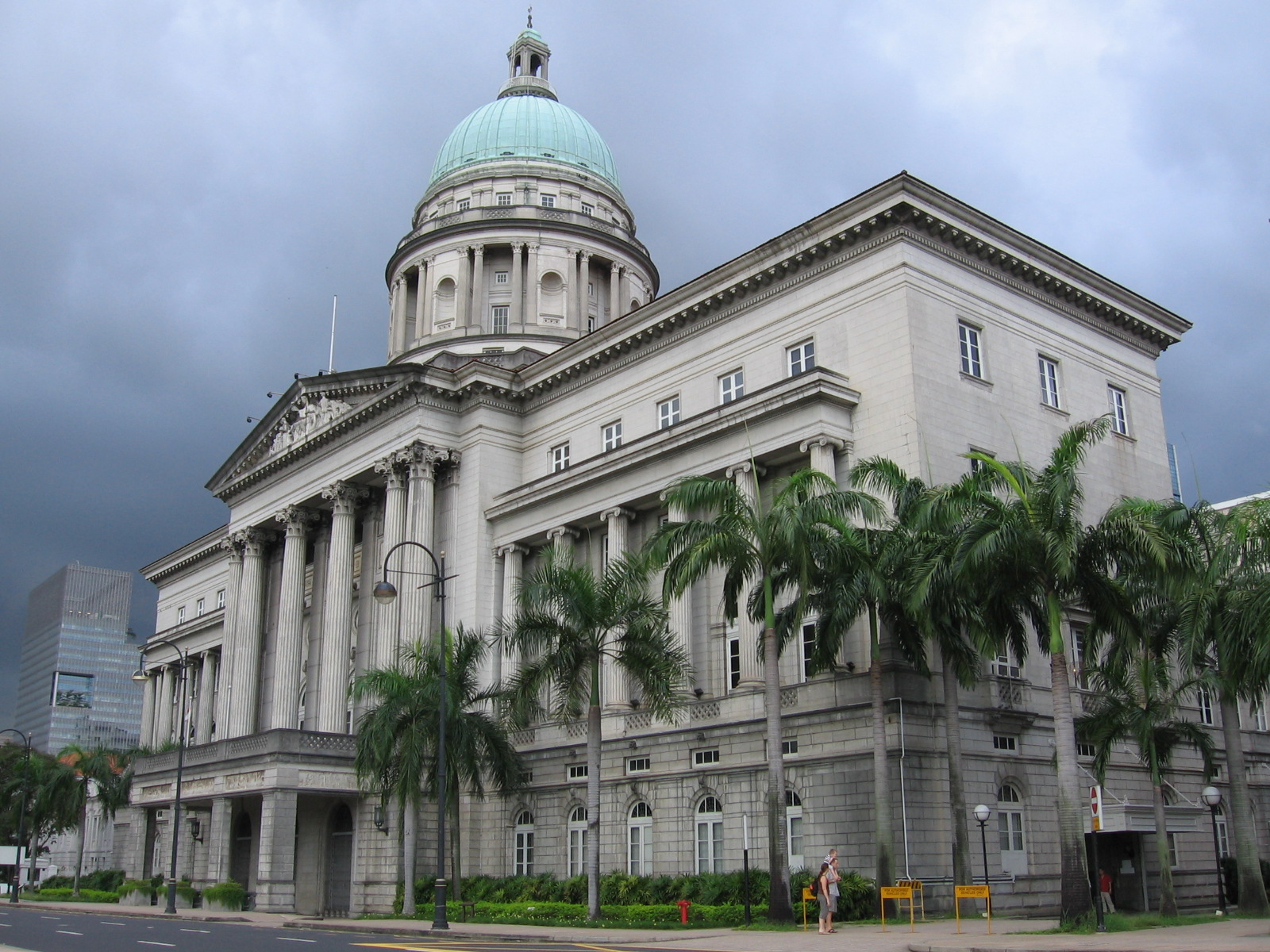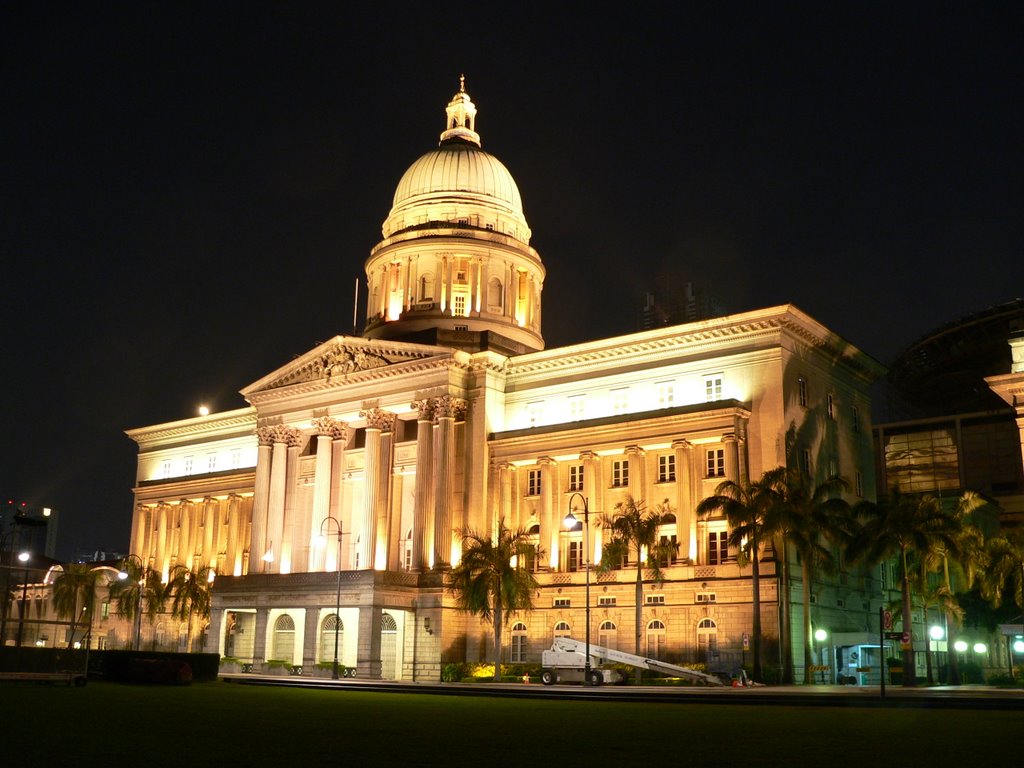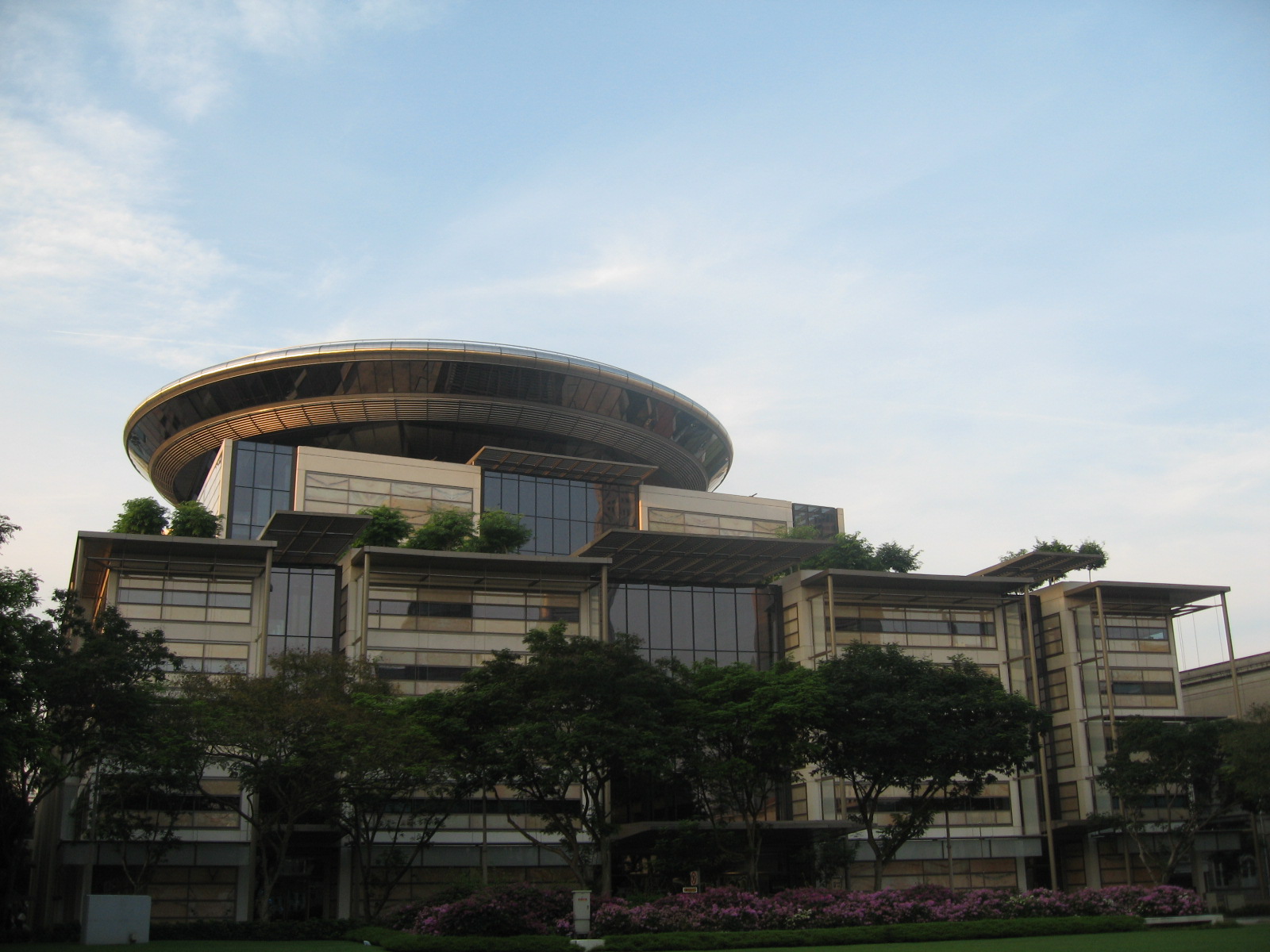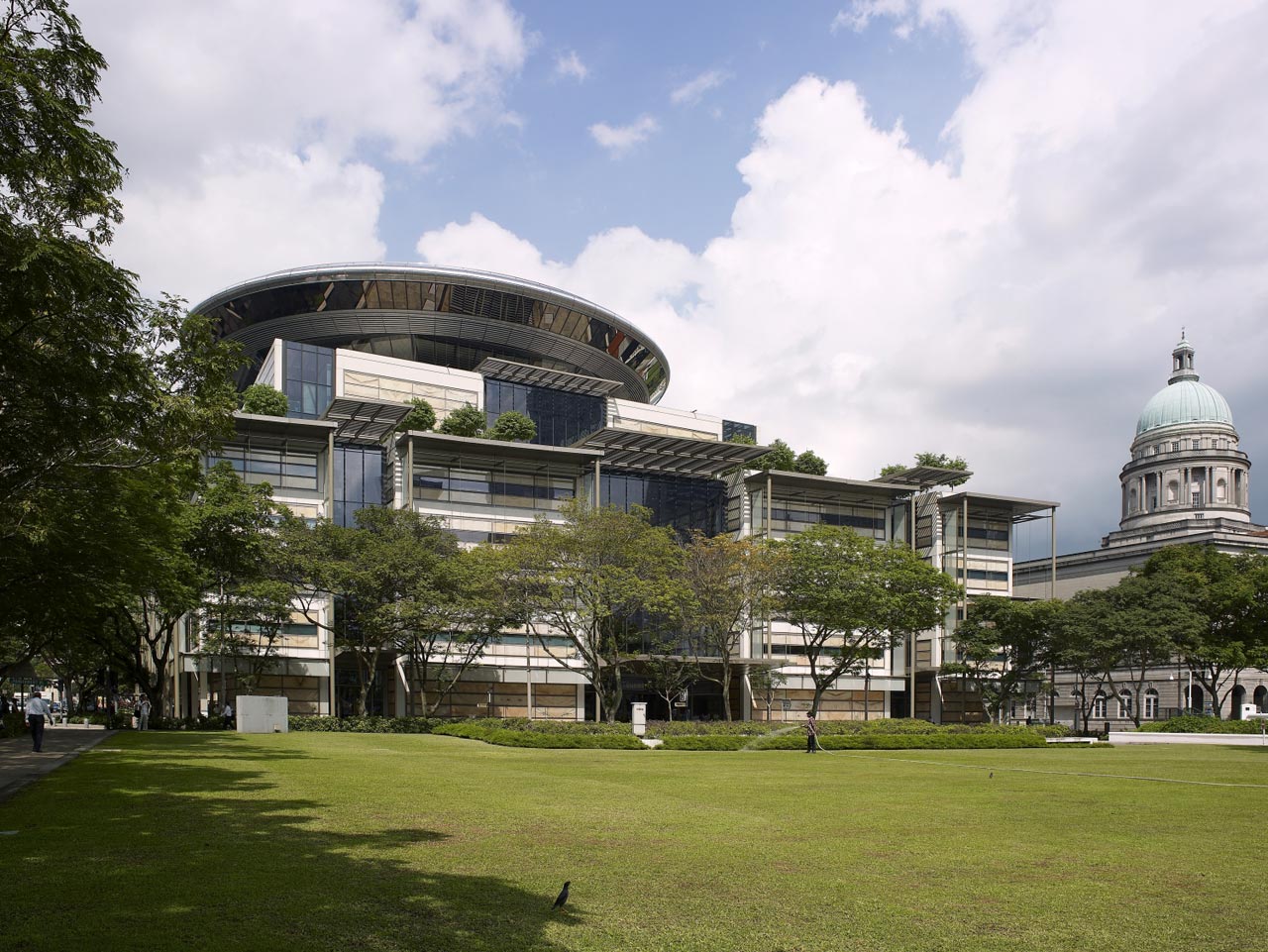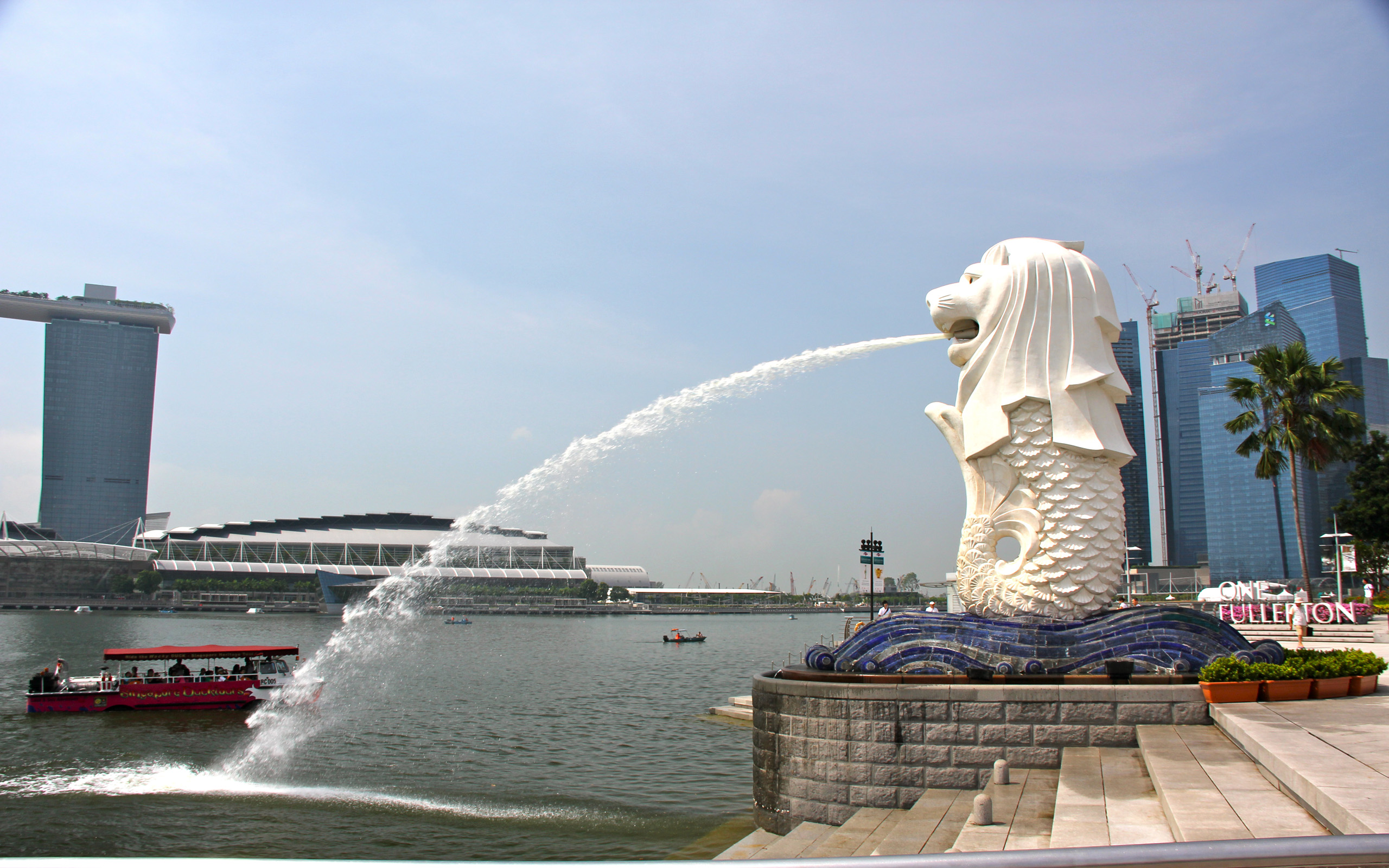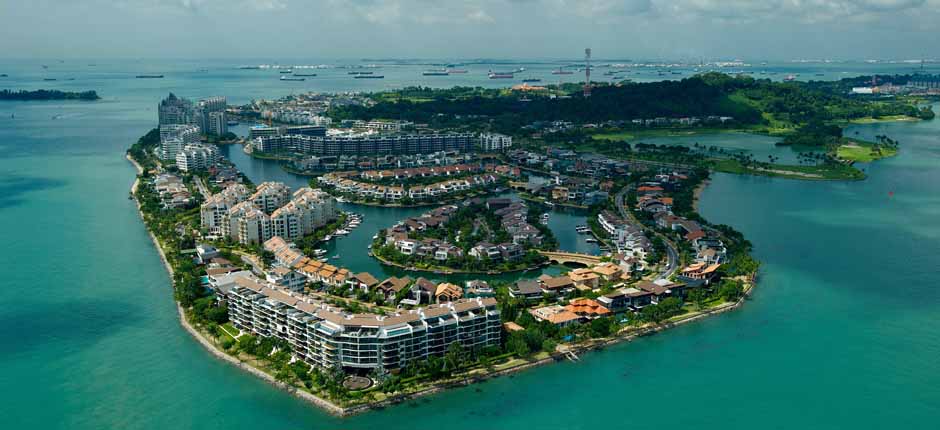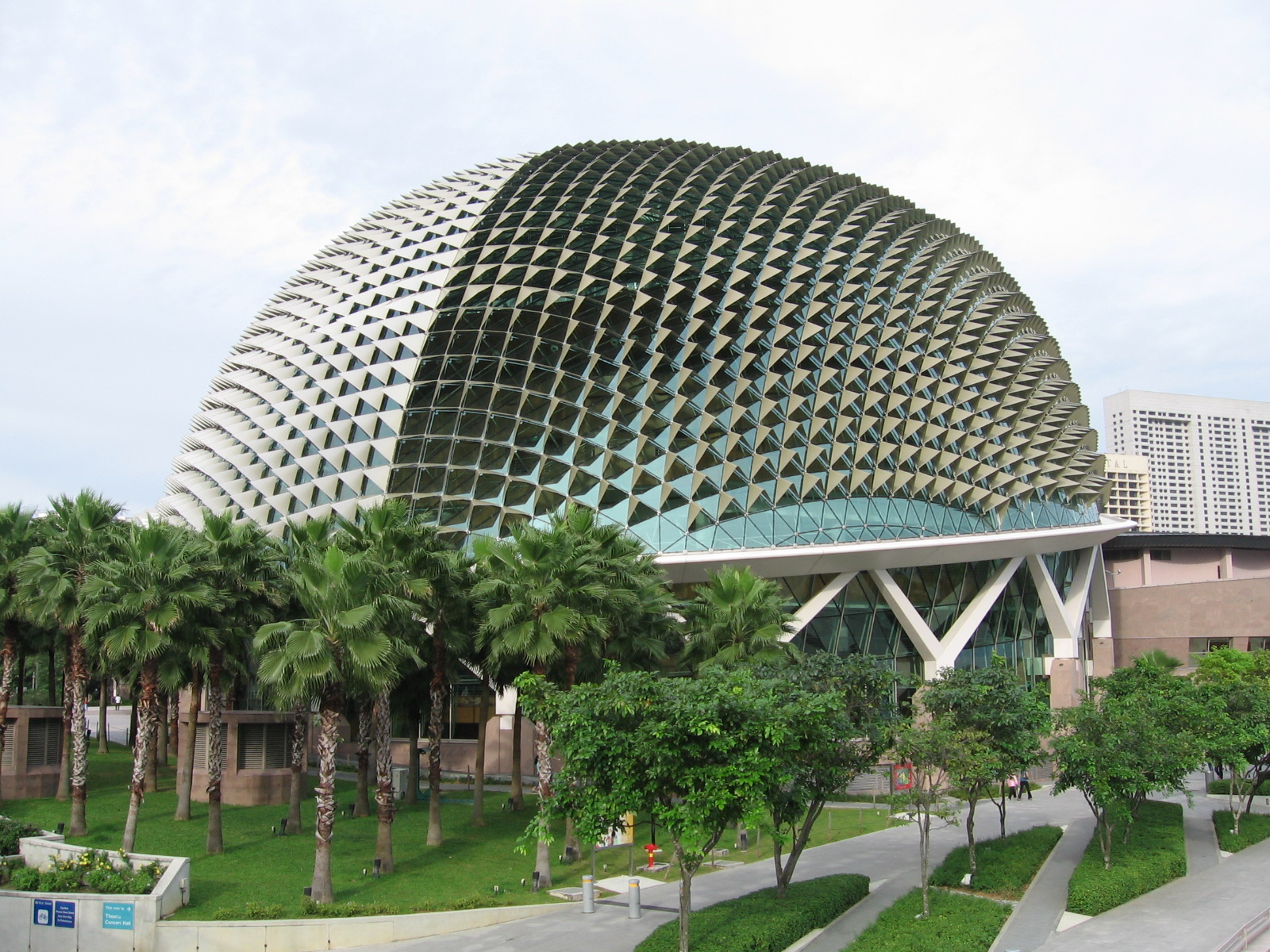Singapore /Singapore /Singapore
Sight Address : St. Andrew’s Road, Singapore, Singapore (Downtown Core).
Edit
Detail InformationEdit
The Supreme Court of the Republic of Singapore is one of the two tiers of the court system in Singapore, the other tier being the Subordinate Courts.The Supreme Court consists of the Court of Appeal and the High Court and hears both civil and criminal matters. The Court of Appeal hears both civil and criminal appeals from the High Court. The Court of Appeal may also decide a point of law reserved for its decision by the High Court, as well as any point of law of public interest arising in the course of an appeal from a subordinate court to the High Court, which has been reserved by the High Court for the decision of the Court of Appeal.The High Court’s jurisdiction is as follows: generally, a civil case is commenced in the High Court if the subject matter of the claim exceeds S$250,000. Probate matters are dealt with in the High Court if the value of the estate exceeds S$3 million or if the case involves the resealing of a foreign grant. In addition, ancillary matters in family proceedings involving assets of S$1.5 million or above are heard in the High Court.Criminal cases involving offences which carry the death penalty and generally those punishable with imprisonment for a term exceeding ten years, are prosecuted in the High Court. Non-bailable offences are generally tried in the High Court. As a rule of thumb, the High Court in Singapore has inherent jusrisdiction to try all matters within Singapore.
HistoryEdit
The earliest predecessor of the Supreme Court was the Court of Judicature of Prince of Wales’ Island (now Penang), Singapore and Malacca, which was established by the Second Charter of Justice, issued by the Crown as letters patent dated 27 November 1826. The Court was presided over by the Governor of the Straits Settlements and Resident Councillor of the settlement where the court was to be held, and another judge called the Recorder. The Third Charter of Justice of 12 August 1855 reorganized the Court, providing the Straits Settlements with two Recorders, one for Prince of Wales’ Island and the other for Singapore and Malacca. Following the reconstitution of the Straits Settlements as a Crown colony with effect from 1 April 1867,the Court of Judicature was replaced by the Supreme Court of the Straits Settlements.The Governor and Resident Councillors ceased to be judges of the Court. Further changes to the Court’s constitution were made in 1873. It now consisted of two divisions – the Chief Justice and the Senior Puisne Judge formed the Singapore and Malacca division of the Court, while the Judge of Penang and the Junior Puisne Judge formed the Penang division. The Supreme Court also received jurisdiction to sit as an Court of Appeal in civil matters. In 1878 the jurisdiction and residence of judges was made more flexible, thus impliedly abolishing the geographical division of the Supreme Court. Appeals from decisions of the Supreme Court lay first to the Court of Appeal and then to the Queen-in-Council, the latter appeals being heard by the Judicial Committee of the Privy Council.As a result of legislation passed in 1885, the Supreme Court consisted of the Chief Justice and three puisne judges. The Court was significantly altered in 1907.It now had two divisions, one exercising original civil and criminal jurisdiction and the other appellate civil and criminal jurisdiction.During the Japanese occupation of Singapore (1942–1945), all the courts that had operated under the British were replaced by new courts established by the Japanese Military Administration. The Syonan Koto-Hoin (Supreme Court) was formed on 29 May 1942; there was also a Court of Appeal, but it was never convened. Following the end of World War II, the courts that had existed before the war were restored. There was no change in the judicial system when the Straits Settlements were dissolved in 1946 and Singapore became a crown colony in its own right,[13] except that the Supreme Court of the Straits Settlements became known as the Supreme Court of Singapore. An aerial view of the Old Supreme Court Building (foreground left), the present Supreme Court Building (middle), and City Hall Building (foreground right)Singapore gained independence from the United Kingdom through merger with Malaysia in 1963. The judicial power of Malaysia was vested[15] in a Federal Court, a High Court in Malaya, a High Court in Borneo (now the High Court in Sabah and Sarawak), and a High Court in Singapore (which replaced the Supreme Court of the Colony of Singapore).[16] Appeals lay from the High Court in Singapore to the Federal Court in Kuala Lumpur, and then to the Privy Council. The merger did not last: in 1965 Singapore left the Federation of Malaysia and became an independent republic. However, the High Court remained part of the Federal Court structure until 1969, when Singapore enacted the Supreme Court of Judicature Act[17] to regularize the judicial system. Coming into force on 9 January 1970, the Act declared that the Supreme Court of Singapore now consisted of the Court of Appeal, the Court of Criminal Appeal and the High Court. The Judicial Committee of the Privy Council remained Singapore’s highest appellate courtuntil a permanent Court of Appeal for both civil and criminal appeals was established. Appeals to the Privy Council were completely abolished in 1994.
Must SeeEdit
Popular
Visiting TimeEdit
Monday to Friday 8.30 am – 6.00 pm.
Saturday -8:30 am-1pm.
Closed OnEdit
N.A.
Best Season to VisitEdit
June to July and November to December.
Best Time To VisitEdit
N.A.
Time Required for SightseeingEdit
N.A.
Ticket Required : No Edit
Individual National Adult : N.A.
Kids : N.A.
Individual Foreigner Adult : N.A.
Kids : N.A.
Still Photo Camera : N.A.
Video Camera : N.A.
Guide Required : No Edit
Approximate cost: N.A.
Dress Code (If Any) : No Edit
Dress Require: N.A.
Restaurants NearbyAdd / Edit
How to ReachEdit
Taxi : Taxis are generally very hard to get during peak hours (Mon-Fri 7:00am – 9:30am and Mon-Sat 5:00pm – 8:00pm) and on rainy days. If you are at a hotel, have conceirge call you a taxi. If you are out about town and have access to a cell phone- calling for a taxi will cut your wait time by 20 to 30 minutes. All taxis are fitted with meters; all are air conditioned; the majority of the taxis are 5-seaters; about 90% of taxis have radiophones; call booking is done via GPS or digital voice dispatch. All passengers must fasten their seat belts by law.
For taxi Booking fee is SGD $2.3. Minimum fare for taxi is SGD $3 for first 1Km. Fare above minimum fare until 10Km is SGD $0.55 per Km. Fare above 10Km is charge SGD $0.628 per Km. Taxi Waiting charges per hour is SGD $17.6. Peak Hours charges is diffrent.
Bus : Public buses run daily from 5.30am to midnight. Extended night services cost slightly more (a flat rate ranging from $1.50-$3.00). Otherwise, most fares depend on distance travelled and range from 67 cents to $1.58 for air-conditioned comfort (almost all public buses in Singapore have air-conditioning today). There are also “feeder” bus services that charge a flat rate of 67 cents. Each bus should not take more than 15 to 20 minutes to arrive at the bus stop.
Train : Singapore MRT system is very well connected to different parts of Singapore and very clean! If you have the time and plan to explore around little Sunny island, get the the Singapore Tourist Pass!
It runs 6am-12mn, fares start at S$1 (70cents in EZ link). Tickets can be purchased in all MRT stations. You just have to insert your money through the ticket machine. Rush hour’s usually 7am-9am, 11am-2pm and 4pm-7pm.
Air : Airport is the country’s maiChangin airport. From the airport there are a number of ways to get into the city:
Taxi is easiest – simply follow the signs after clearing customs. Meters are always used in Singapore and prices are reasonable. A trip to the city during the day will be between $20-$30 including $3-5 airport surcharge. An additional 50% surcharge applies between midnight and 06:00.
Limousines charge a flat $50 to anywhere in the city and are a pretty good deal after midnight, as you can skip the queue and avoid the surcharge. The same pricing applies to chartering van-sized MaxiCabs, which are good for large families or if you have lots of baggage.
Shuttle – Shared six-seater MaxiCab shuttle service to designated areas/hotels costs $7 and can be booked in advance or in the arrivals hall. 6AM-2AM, every 15-30 min.
Subway – MRT trains run from a station between T2 and T3, but you’ll need to change trains at Tanah Merah to a city-bound train: just exit through the left hand side door and cross the platform. The 30 min ride to City Hall station costs $1.90 plus a refundable $1 deposit, and trains run 05:31-23:18.
Bus – Bus terminals can be found in the basements of T1, T2 and T3. 06:00-23:59 only. Fares are less than $2.00, exact fare required (no change given) if you pay cash.
Others : N.A.
Things to CarryEdit
Safety / WarningEdit
- Please be advised that all bags and personal items are subject to inspection.
HelplineEdit
- Police: 999
- Emergencies/Ambulance/Fire Brigade: 999
- Police Hotline: 1800 353 0000
- Non-emergency ambulance: 1777
- Flight Information (24-hours): 1800-542 4422
- Tourism Information (24-hours): 1800-736 2000
